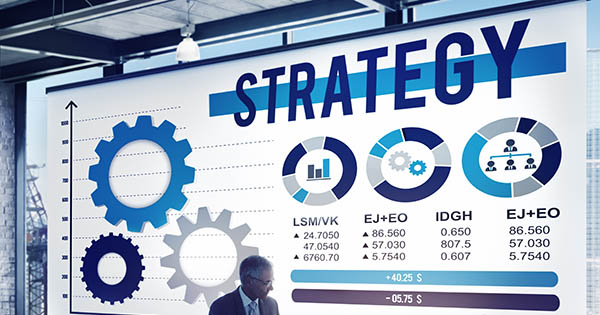
VENDORiQ: Is Salesforce’s New Observability Seeing the Whole Picture?
Salesforce’s Agentforce 3.0 offers new observability for AI agents, but deeper, end-to-end workflow visibility is needed for complex multi-agent systems.

Salesforce’s Agentforce 3.0 offers new observability for AI agents, but deeper, end-to-end workflow visibility is needed for complex multi-agent systems.

Explore the limitations of conventional ROI and TCO models in the current technological landscape

Maturity models are a highly effective tool for structuring, tracking and reporting the improvement in important process areas of an IT organisation. But how do you begin the journey, and how do you succeed in demonstrating reward for your efforts?
This article addresses how to implement maturity models. A previous article described what maturity models are and why they should be used.

These days, maturity models seem to be everywhere. IBRS alone has published scores of research articles utilising them. But what exactly are maturity models, what are they good for, and how can they be used effectively?
This article addresses what maturity models are and are not good for – a future article will address their use.

Without a clear understanding of how to derive value from AI as it applies to their organisation, the chances are these organisations will not only miss out, but miss the mark entirely. Hitting the target with AI means avoiding some common misconceptions and taking pragmatic steps to use AI judiciously.

Not all enterprises are ready to explore and build a more convincing use case with low-code in terms of workflow streamlining or customer-facing processes, due to a lack of a clear strategy for its adoption and implementation.